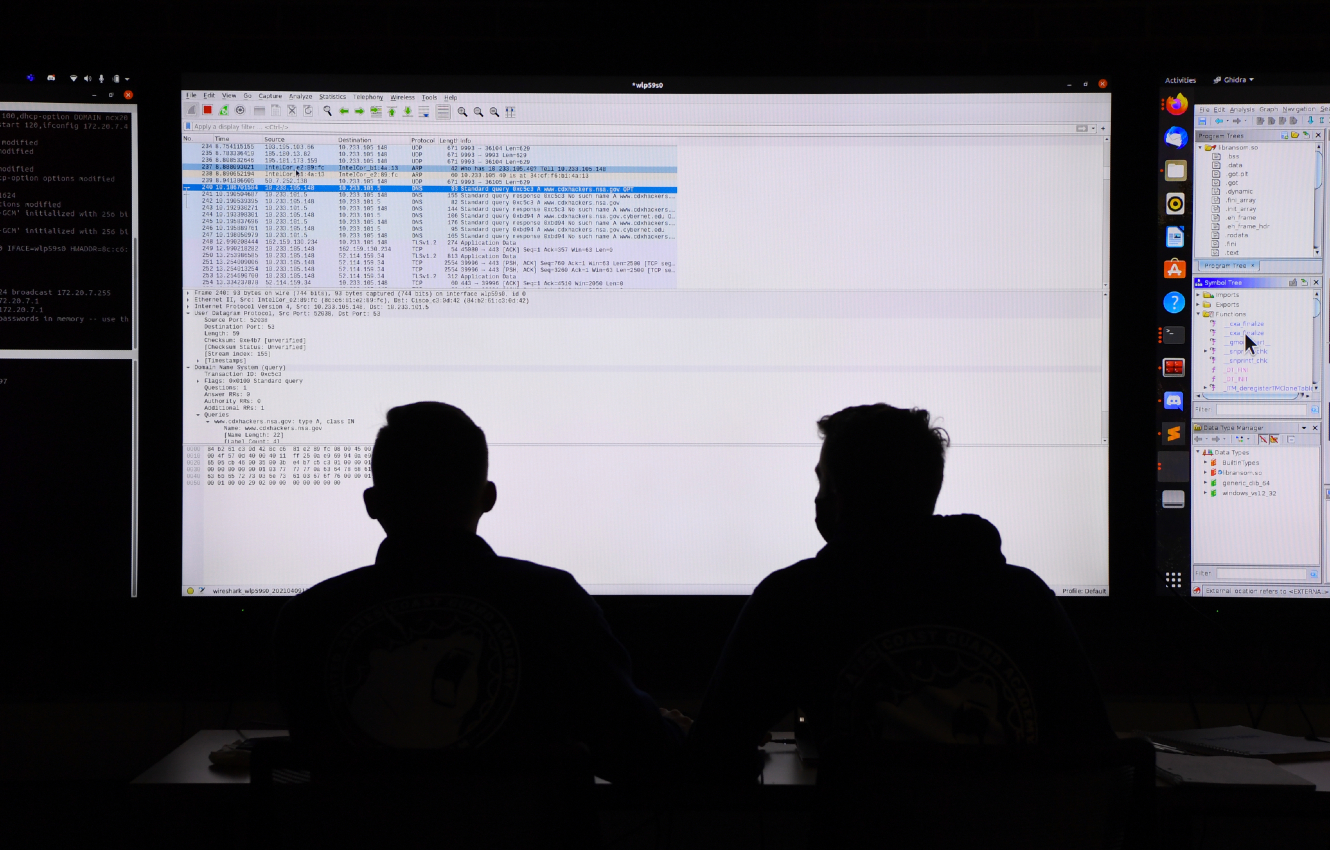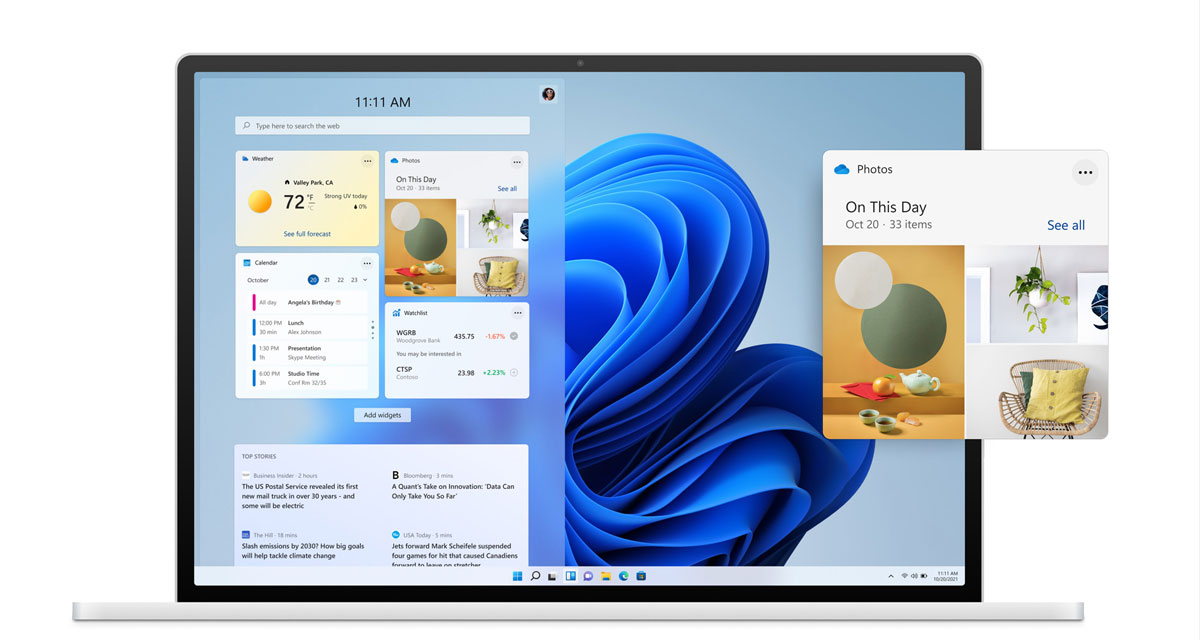
You can parallelize queries and subqueries in SELECT statements, as well as the query portions of DDL statements and DML statements ( INSERT, UPDATE, DELETE, and MERGE). Some examples are GROUP BY, NOT IN, SELECT DISTINCT, UNION, UNION ALL, CUBE, and ROLLUP, as well as aggregate and table functions. You can normally use parallel DML where you use regular DML.Īlthough data manipulation language (DML) normally includes queries, the term parallel DML refers only to inserts, updates, upserts and deletes done in parallel. SELECT statements to insert rows into multiple tables as part of a single DML statement. Parallel DML (parallel insert, update, merge, and delete) uses parallel execution mechanisms to speed up or scale up large DML operations against large database tables and indexes. Some examples are INSERT AS SELECT, updates, deletes, and MERGE operations. Parallel operations require accurate statistics to perform optimally. Parallel create (partitioned) table as select and parallel create (partitioned) index run with a degree of parallelism equal to the number of partitions. The CREATE TABLE statement for an index-organized table can be parallelized either with or without an AS SELECT clause.ĭifferent parallelism is used for different operations.
#Force parallels update serial#
One important restriction is that parallel DDL cannot be used on tables with object or LOB columns.Īll of these DDL operations can be performed in NOLOGGING mode for either parallel or serial execution. There are, however, some additional details to consider when designing your database. You can normally use parallel DDL where you use regular DDL. Some examples are CREATE TABLE AS SELECT, CREATE INDEX, REBUILD INDEX, REBUILD INDEX PARTITION, and MOVE/ SPLIT/ COALESCE PARTITION. Some examples are nested loop, sort merge, hash, and star transformation.

#Force parallels update full#
Some examples are table scans, index full scans, and partitioned index range scans. You can use parallel execution for any of the following: In fact, parallel execution may reduce system performance on overutilized systems or systems with small I/O bandwidth. If your system lacks any of these characteristics, parallel execution might not significantly improve performance. Sufficient memory to support additional memory-intensive processes, such as sorts, hashing, and I/O buffers Underutilized or intermittently used CPUs (for example, systems where CPU usage is typically less than 30%) S ymmetric multiprocessors (SMPs), clusters, or massively parallel systems

Parallel execution benefits systems with all of the following characteristics: For example, you can use parallel execution to access large objects (LOBs). You can also use parallel execution to access object types within an Oracle database. Queries requiring large table scans, joins, or partitioned index scansĬreation of large tables (including materialized views)īulk inserts, updates, merges, and deletes Parallel execution improves processing for: In this case, each quarter will be a partition, a smaller and more manageable unit of an index or table. The improvement in performance can be quite high. An example of this is when four processes handle four different quarters in a year instead of one process handling all four quarters by itself. Simply expressed, parallelism is the idea of breaking down a task so that, instead of one process doing all of the work in a query, many processes do part of the work at the same time. Parallel execution is sometimes called parallelism. You can also implement parallel execution on certain types of online transaction processing (OLTP) and hybrid systems. Parallel execution dramatically reduces response time for data-intensive operations on large databases typically associated with decision support systems (DSS) and data warehouses. WMIC /node:"%computername%" process call create "cmd.exe /c wuauclt.Introduction to Parallel Execution Tuning WMIC /node:"%computername%" process call create "cmd.exe /c wuauclt.exe /reportnow" WMIC /node:"%computername%" process call create "PowerShell.exe $updateSession = new-object -com "" $updates=$updateSession.CreateupdateSearcher().Search($criteria).Updates" The end 'pause' can be omitted if you don't care to verify the results or don't want end users to have to deal with a command prompt that is still open (and potentially in elevated privilege status).

I do run them with elevated privileges but perhaps this will get you somewhere? You can adjust the timeout to suite your needs, but the cmd prompt portion should run AFTER the powershell window completes and closes. I played around a bit with solving this and created the following BAT file which works nicely to force machines to 'check in' with the WSUS server. I have been trying to convince them to purchase SCCM, but until then I needed another solution.
#Force parallels update update#
I have to use WSUS to update the machines on my current employer's domain and I always hated the fact that Windows 10 and Server 2019 have broken the


 0 kommentar(er)
0 kommentar(er)
